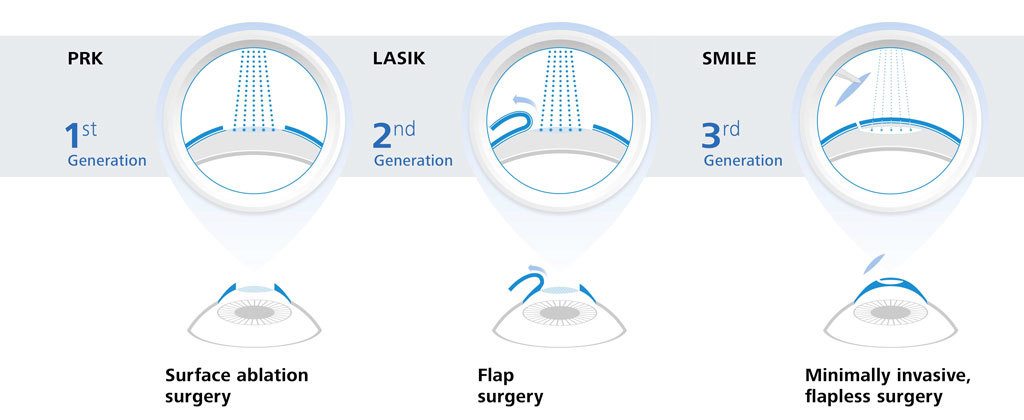Write- navigate to this website Created By-Bateman Benton
As a moms and dad, you could question when your kid must see a pediatric eye doctor. It is essential to recognize the indicators of possible vision issues, like scrunching up your eyes or frequent frustrations. You'll intend to see to it your youngster gets the appropriate evaluations at key ages. Comprehending these guidelines can help you take aggressive steps for their aesthetic health. Yet what Pediatric Eye Exam should you look for, and what solutions are readily available?
Common Indications of Vision Troubles in Children
When you observe your youngster scrunching up your eyes, scrubing their eyes, or battling to concentrate on remote items, it might be time to consider their vision health and wellness. These signs can indicate underlying problems that need attention.
You may likewise see them preventing reading or close-up tasks, often turning their head, or complaining of frustrations after institution. If your child seems easily distracted or has problem adhering to relocating objects, it could signal a vision problem also.
Additionally, if they frequently cover one eye or experience problem with deepness assumption, it's important to act. Being positive about these signs can lead to prompt interventions, ensuring your child's vision develops appropriately and sustaining their discovering and daily tasks.
Do not think twice to seek advice from a pediatric eye doctor if you're worried.
Age-Specific Standards for Eye Tests
Eye exams are essential at different stages of your kid's advancement, and knowing when to schedule them can make a huge difference.
For babies, it's advised to have their very first eye test at 6 months. This aids capture any possible problems early on.
As your youngster approaches age three, a comprehensive test is important to assess their vision and eye placement.
Once they begin college, around age 5 or 6, ensure they've another test to check for vision changes that can impact knowing.
Afterwards, routine eye exams each to two years are generally sufficient, unless your kid has particular concerns or danger elements.
Remaining positive with these standards assists maintain your youngster's aesthetic health for a lifetime.
Solutions for Typical Pediatric Vision Issues
Attending to common pediatric vision issues early can dramatically improve your kid's quality of life and finding out experience.
If your child struggles with nearsightedness or farsightedness, corrective glasses or contact lenses can help them see clearly.
For problems like amblyopia (lazy eye), therapies like patching the stronger eye can improve vision in the weaker one.
If your child has actually strabismus (gone across eyes), alternatives like vision therapy or surgical procedure may be necessary to straighten the eyes.
Routine eye tests are important for keeping an eye on these problems and readjusting therapies as needed.
Encourage healthy and balanced eye practices, like restricting screen time and making certain proper lighting while reading.
Verdict
Finally, watching on your child's vision is important. Bear in mind to schedule their very first eye test by six months, and follow up at age 3 and around five or six. If you observe indicators like squinting or complaints of headaches, don't wait-- consult a pediatric eye doctor. Early detection and customized remedies can make a significant difference in your child's visual wellness and total wellness. Act now to ensure they see the globe plainly!

